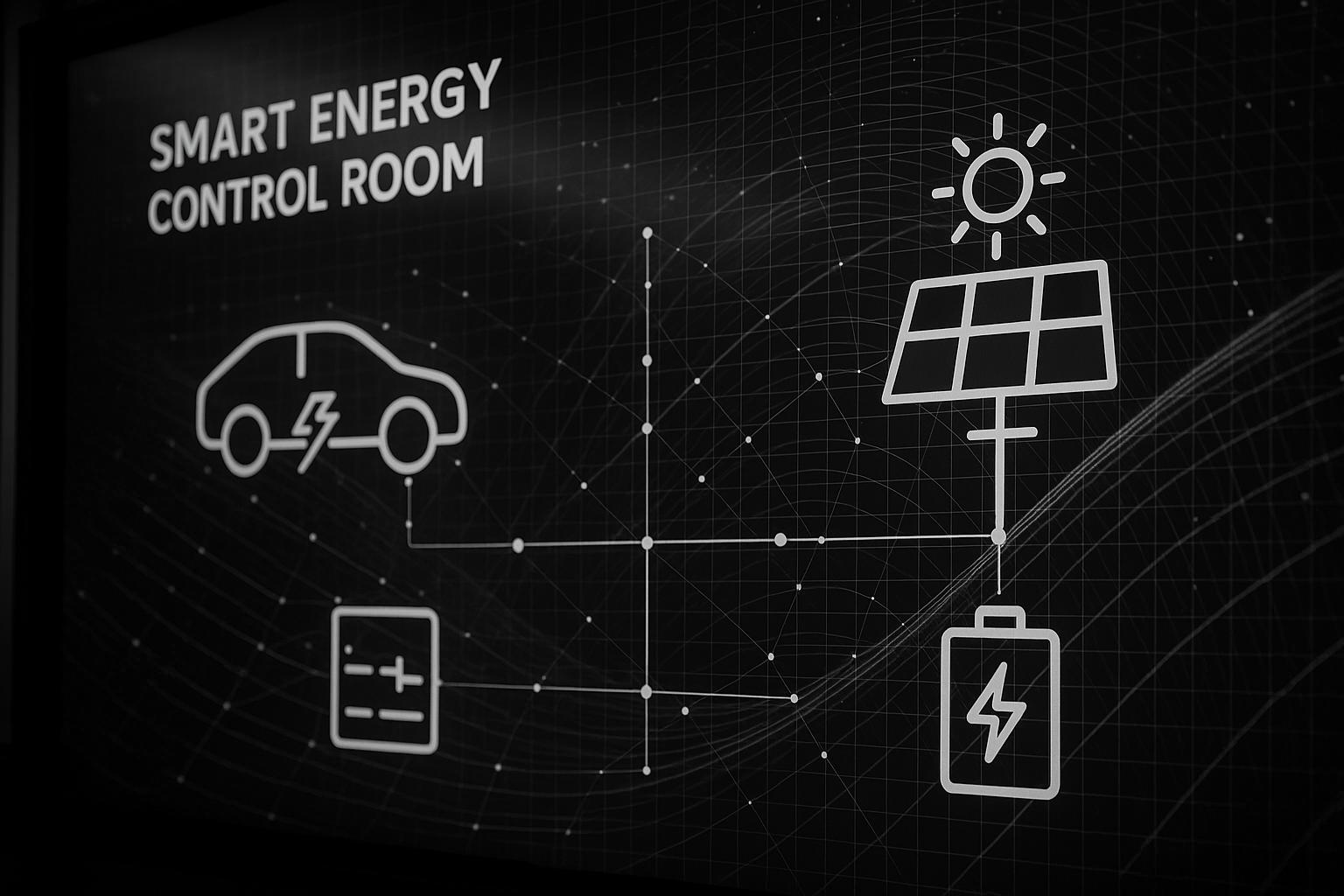Kraken has reached a significant milestone by orchestrating over 2GW of power from a diverse range of domestic energy devices, including electric vehicles (EVs), home batteries, heat pumps, solar panels, and smart thermostats. This achievement establishes Kraken as one of the world’s largest and most advanced residential virtual power plants (VPPs), managing more than 500,000 connected devices in real time. The platform’s ability to dynamically schedule charging and heating operations allows it to optimise power use when the grid’s demand is low and energy is most abundant, cheaper, and greener. This not only reduces emissions but also alleviates strain on the electricity network, contributing to a more resilient grid.
Kraken's model of consumer-led energy flexibility is saving users upwards of $200 million annually, driven by its strategy to charge and heat homes during periods of low-cost, clean energy availability. The VPP effectively flattens peak electricity demand and supports local congestion management, which benefits the overall electricity system. This innovation fits into a broader transition to smarter and cleaner energy systems that empower consumers to drive change, cut costs, and support grid stability. Kraken has extended its impact by managing around half of the UK’s grid-scale batteries through a network of partnerships with utilities, energy suppliers, and energy traders.
Kraken’s leadership describes this development as a glimpse into the future of energy: smart, clean, and distributed. Amir Conrad, Kraken’s CEO, shared on LinkedIn that the milestone is “hard proof that consumer-led energy can be smarter, cleaner and more valuable.” The company continues to expand internationally, with recent partnerships including E.ON Next in the UK and MAINGAU Energie in Germany, as well as a strategic alliance with SolarEdge Technologies. This partnership aims to enhance access to low-cost, green energy for SolarEdge Home Battery customers worldwide by integrating Kraken’s technology to automate battery charging and allow users to sell excess energy back to the grid during peak times. Octopus Energy customers in both the UK and Texas are already benefiting from this initiative through access to competitive tariffs.
Beyond residential flexibility, Kraken also manages Europe’s largest battery energy storage system at Blackhillock in Scotland – a 200MW/400MWh asset owned by Zenobē and integrated with Kraken’s platform. This facility plays a crucial role in balancing supply from intermittent renewable sources and is planned to expand to 300MW shortly, capable of powering millions of homes and potentially lowering consumer bills by hundreds of millions of pounds over the long term. Additionally, Kraken has begun expanding its presence in the US market through a licensing deal with Tenaska Power Services, marking its first North American engagement. This collaboration aims to bring enhanced operational flexibility and grid stability to battery sites in Texas with the potential for broader portfolio management.
Kraken’s ongoing innovation also embraces broader industry collaboration, such as the Mercury Consortium, a public-private initiative aiming to create a common framework for integrating energy devices like EVs, heat pumps, and solar panels — often referred to as establishing a “Bluetooth for energy.” This effort reflects the company’s vision of a future energy ecosystem that is interconnected, consumer-focused, and environmentally sustainable. The milestone of crossing 2GW underlines Kraken’s accelerating role in the global energy transition, aiming to make cleaner, smarter power accessible for everyday consumers while supporting broader grid and environmental goals.
📌 Reference Map:
- Paragraph 1 – [1], [2], [3]
- Paragraph 2 – [1], [2], [3]
- Paragraph 3 – [1], [5], [7]
- Paragraph 4 – [1], [4]
- Paragraph 5 – [1], [6]
- Paragraph 6 – [1]
Source: Noah Wire Services
